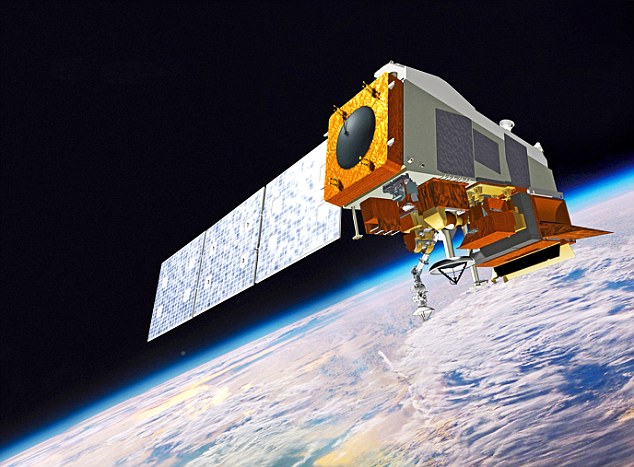Pentagon’s solar panel in space could one day supply electricity to any place on Earth
03/01/2021 / By Virgilio Marin

Researchers with the Department of Defense successfully harvested solar energy from space using a solar panel that could one day beam energy to any place on Earth.
Called the Photovoltaic Radiofrequency Antenna Module (PRAM), the prototype solar panel is currently the size of a pizza box but could eventually be scaled up in order to send enormous amounts of clean and renewable energy to Earth via microwaves.
Advantages of a solar panel in space
PRAM was launched into orbit in May last year aboard the U.S. Air Force‘s highly secret X-37B spaceplane. It works by capturing energy from sunlight that does not pass through Earth’s atmosphere. Space, as it turns out, is an excellent location to mount a solar panel.
“We’re getting a ton of extra sunlight in space just because of that,” said Paul Jaffe, an engineer at the U.S. Naval Research Laboratory and co-developer of the project.
In a paper published last month in the IEEE Journal of Microwaves, Jaffe and his team noted that the most far-reaching application of space-based power beaming technology is the “continuous transfer of boundless electrical power to Earth.”
On top of PRAM’s unique location, its ability to beam energy to any place on the planet gives it an edge over ground-based sources of power. “You can send power to Chicago and a fraction of a second later, if you needed, send it instead to London or Brasilia,” Jaffe noted.
Building in space also offers some benefits. According to Jaffe, gravity is a huge problem when building large structures because these objects would have to support their own weight. The weak gravitational pull would then helpful when scaling up PRAM. (Related: Solar power 24/7: China plans to build first solar power station in space and beam power to Earth.)
The prototype hasn’t directly transmitted energy to Earth, but this process is already proven and is just awaiting testing. The researchers will be using a technique called “retro-directive beam control” so that the prototype would know precisely where to send the beam of energy and not fire it at the wrong target.
The technique works by sending a pilot signal from the destination antenna on Earth to the solar panel in space. Once a pilot signal is received, microwave beams will be transmitted to the requesting location, where the beams will be picked up using a receiver and converted into electricity.
An alternative power source for off-grid, disaster-hit areas
“My family lives in Texas and they’re all living without power right now in the middle of a cold front because the grid is overloaded,” said Chris DePuma, Jaffe’s colleague at the U.S. Naval Research Laboratory and a co-developer of the project.
“So if you had a system like this, you could redirect some power over there,” DePuma added.
The team envisions building a larger satellite composed of dozens of solar panels, which would be able to catch more sunlight and more energy. But the challenge, according to Jaffe, is economic viability.
“Building hardware for space is expensive,” he said. But that’s likely to change soon as costs have been going down in the last decade, he added.
He also allayed fears that bad actors could weaponize the technology and create a giant space laser. The size of the antenna required to create a destructive beam, according to Jaffe, would be so huge that it would be noticed in the months or years it would take to be assembled. Weaponizing solar power from space would be “exceedingly difficult, if not impossible,” he said.
Learn more about emerging technologies that may help power the future at Power.news.
Sources include:
Submit a correction >>
Tagged Under:
breakthrough, Department of Defense, Earth, electricity, future tech, green energy, innovation, inventions, off grid, pentagon, physics, power grid, renewable energy, research, science and technology, solar energy, solar panels, solar power, Space
This article may contain statements that reflect the opinion of the author
RECENT NEWS & ARTICLES
COPYRIGHT © 2017 REAL SCIENCE NEWS





















